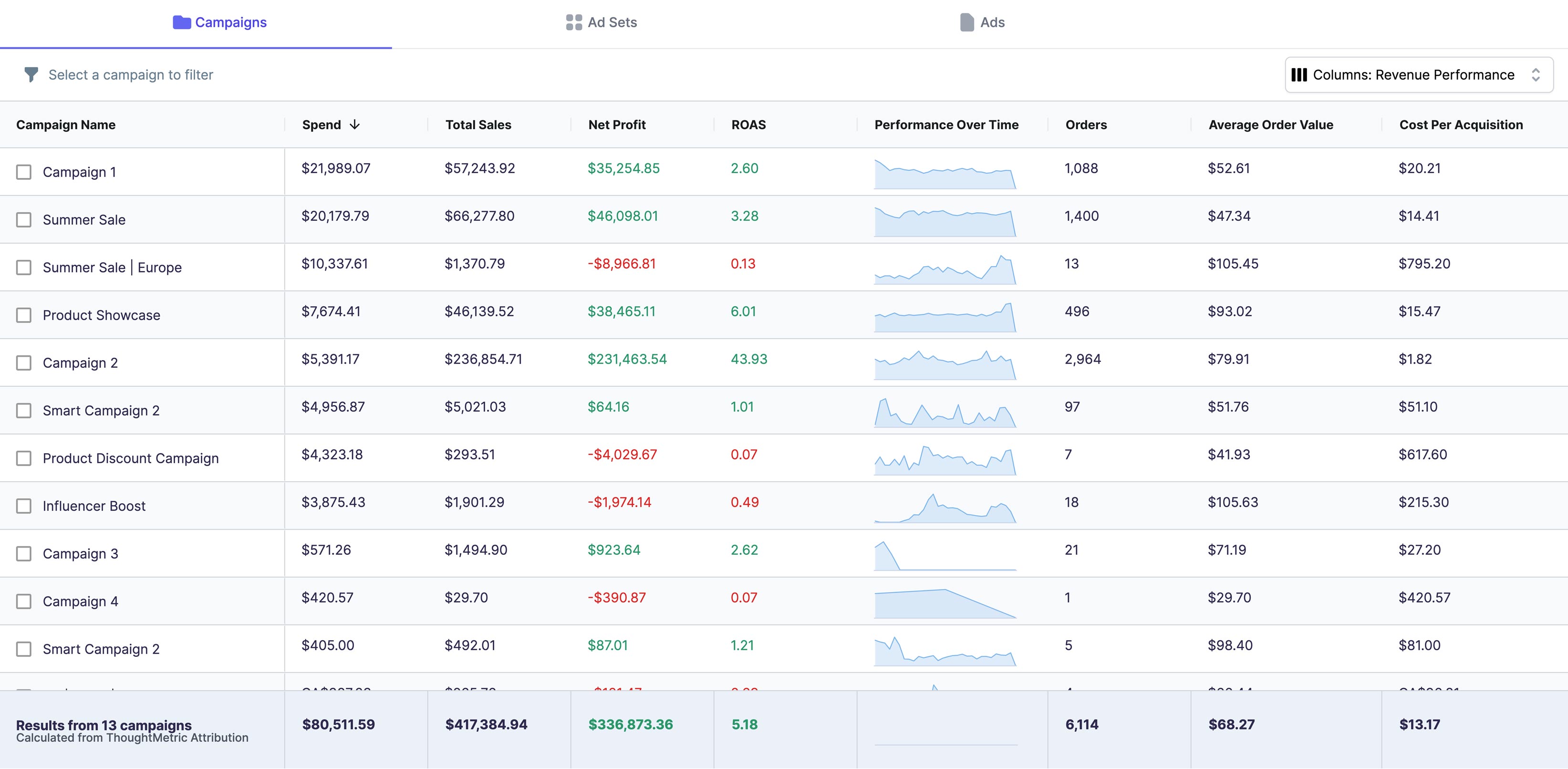In today's competitive eCommerce landscape, it is essential to understand the concept of Lifetime Value (LTV) and how to calculate it for your PrestaShop store. LTV is a crucial metric for determining the long-term value of your customers and measuring the success of your marketing strategies. By calculating LTV, you can gain insight into how much revenue each customer is likely to generate over their lifetime, allowing you to tailor your marketing efforts and improve customer retention.
Understanding Lifetime Value (LTV) in eCommerce
Before diving into the specifics of calculating LTV in PrestaShop, it is essential to understand what LTV is and why it is important for eCommerce businesses. LTV is the amount of money a customer is expected to spend on your store throughout their lifetime. This value is calculated by multiplying the average purchase value by the average purchase frequency and customer lifespan.
What is Lifetime Value (LTV)?
Lifetime value (LTV) is a metric that measures the total value that a customer brings to a business over their entire lifespan. This includes all the purchases they make from your store, as well as any referrals they may bring in. It is used to understand the long-term worth of a customer to the business.
For example, if a customer spends $50 on their first purchase and then makes two more purchases over the next six months, each worth $75, their total spend would be $200. If the average customer lifespan for your store is two years, then their LTV would be $800 ($200 x 4).
Calculating LTV helps businesses to determine their marketing strategies and identify high-value customers. By understanding the LTV of your customers, you can make informed decisions about how much to spend on acquiring new customers and how much to invest in retaining existing ones.
Why is LTV important for your PrestaShop store?
LTV is one of the most important metrics for eCommerce stores. It helps you to identify the most profitable customers and to set your marketing budgets. Knowing the amount of money a customer is likely to spend over their lifetime can help you to make better decisions about how to engage with them, how much you should spend on acquiring new customers and how much you should invest in retention.
For example, if you know that your high-value customers tend to make repeat purchases and refer their friends, you can invest more in retention strategies such as loyalty programs and personalized marketing campaigns. On the other hand, if you find that your low-value customers tend to only make one purchase and never return, you can focus your marketing efforts on acquiring new customers instead.
In addition, understanding LTV can help you to set realistic revenue targets and measure the success of your marketing campaigns. By tracking changes in LTV over time, you can see whether your efforts to improve customer engagement and retention are having a positive impact on your bottom line.
Setting up PrestaShop for LTV Calculation
Before you can start calculating LTV, you need to set up your PrestaShop store to collect and organize the necessary data. This is an important step in understanding your customer's buying behavior and their value to your business.
Installing necessary modules
To start collecting customer data from your PrestaShop store, you need to install several essential modules such as Advanced Customer Attributes, CustomerConnectionDate, and CustomerPurchaseFrequency. These modules help in recording the data required for LTV calculation.
The Advanced Customer Attributes module allows you to create custom fields for your customer's profile, such as their occupation, hobbies, or interests. This information can help you tailor your marketing campaigns and improve customer engagement.
The CustomerConnectionDate module records the date when a customer first registered on your website. This information is crucial in determining the length of time a customer has been with your business and their loyalty.
The CustomerPurchaseFrequency module tracks the number of times a customer has made a purchase on your website. This data is useful in calculating the average purchase frequency and predicting future purchase behavior.
Configuring your PrestaShop store settings
To ensure that your PrestaShop store is set up correctly for LTV calculation, you need to adjust several settings, including the currency and language, tax rules, and shipping information. You should also ensure that the customer registration is enabled, and the necessary fields such as date of birth, email, and phone numbers are required.
The currency and language settings should be set according to your target audience. This will make their shopping experience more personalized and improve customer satisfaction.
The tax rules should be configured based on your business location and the products you sell. This will ensure that you are complying with tax regulations and avoid any legal issues.
Shipping information should be set up based on your shipping policies and the carriers you work with. This will help you provide accurate shipping rates and delivery times to your customers.
Enabling customer registration and requiring necessary fields such as date of birth, email, and phone numbers will help you collect valuable customer data and improve communication with your customers.
By following these steps and setting up your PrestaShop store correctly, you will be able to collect and organize the necessary data required for LTV calculation. This will help you make informed decisions about your marketing strategies, customer retention, and business growth.
Gathering Data for LTV Calculation
Once your PrestaShop store is set up correctly, you can start gathering the customer data required for LTV calculation.
Identifying key customer data points
The critical customer data points required include customer name, email, purchase history, registration date, and customer connection date. This information is captured automatically by the installed modules.
Exporting customer data from PrestaShop
To export customer data from PrestaShop, navigate to the Advanced Customer Attributes module and export the necessary data. Ensure that you have the necessary permission to access the data.
Calculating LTV in PrestaShop
After collecting the required customer data, you can start calculating LTV for your PrestaShop store. This is done by following a few straightforward steps.
Determining average purchase value
To calculate the average purchase value, you need to divide the total revenue generated by your store by the number of purchases made over a specific period, usually one year.
Calculating average purchase frequency
The average purchase frequency is the number of times a customer purchases from your store over a specific period. For instance, if a customer makes ten purchases over two years, their average purchase frequency is 5/year.
Estimating customer lifespan
The customer lifespan is the time between the registration date and their last purchase. To estimate the customer lifespan, you need to subtract the customer connection date from their last purchase date.
Once you have the average purchase value, purchase frequency, and customer lifespan, you can use the LTV formula to calculate the LTV of each customer. The LTV formula is: LTV = Average Purchase Value x Purchase Frequency x Customer Lifespan
Analyzing LTV Results
After calculating LTV, you need to analyze the results to gather insights into your customer base and identify opportunities for growth.
Identifying high-value customers
Based on LTV calculations, you can identify high-value customers and focus your marketing efforts on retaining them. A high LTV indicates a customer with a high potential for revenue growth and long-term loyalty.
Segmenting customers based on LTV
By segmenting customers based on LTV, you can develop targeted marketing campaigns that align with the needs and interests of each group. This approach is more effective than one-size-fits-all marketing, as it allows you to engage with customers on a more personal level and improve customer satisfaction.
The LTV data can be used to inform your marketing strategies. You can create targeted campaigns that aim to increase customer retention, encourage customer loyalty, and improve customer lifetime value. For instance, you can offer loyalty programs that reward high-value customers, or you can create retargeting campaigns that encourage customers to return to your store.
In conclusion, calculating LTV is an essential process for any PrestaShop store owner who wants to understand their customers better and improve their marketing strategies. By following the steps outlined above, you can gather the necessary customer data, calculate LTV, and make informed decisions about your business.





